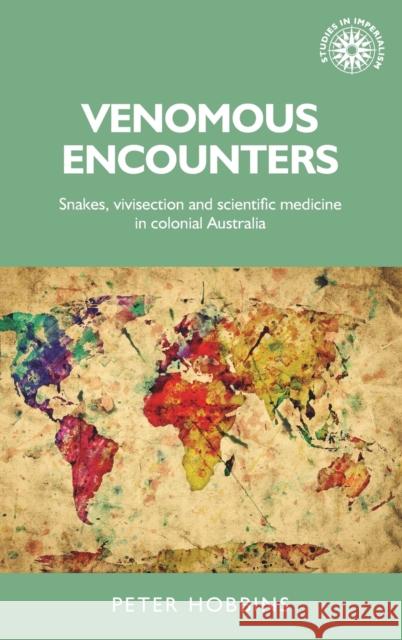Venomous encounters: Snakes, vivisection and scientific medicine in colonial Australia » książka
Venomous encounters: Snakes, vivisection and scientific medicine in colonial Australia
ISBN-13: 9781526101440 / Angielski / Twarda / 2017 / 216 str.
If accidental snakebites killed many white settlers and their domestic creatures in colonial Australia, far more animal deaths were deliberate. Venomous encounters details the ways in which the study of snakes and their venoms led to widespread adoption of vivisection across the Australian colonies, from 1788 until the First World War. Forcing direct bites or injections upon dogs and fowls, pigs and cattle, both lay antidote sellers and medical practitioners participated in this culture of experiment. Indeed, in 1881 the Colony of Victoria became the second legislature worldwide to formally regulate the conduct of vivisection. Yet this colonial circumstance - including its protracted exchanges with British India and mid-century America - has largely been ignored in the historiography of scientific medicine and animal welfare.
Drawing upon archives, museums and the burgeoning intercolonial print culture, this book traces how ideas about the nature of snakes were transformed by competing variants of 'scientific medicine'. Elaborating how data from animals was extrapolated into human medicine, it also interrogates shifting conceptions of venom, from a conduit for serpentine malevolence to a putative 'virus', living germinal matter or a complex biochemical cocktail.Venomous encounters furthermore elaborates how the nature and behaviour of individual animals - especially snakes and dogs - shaped the style and conduct of the nascent fields of experimental physiology, toxicology and immunology.
Venomous encounters is an invaluable resource for historians and students to reconsider how we understand the colonial encounter, human-animal relationships and the rise of modern medicine.











